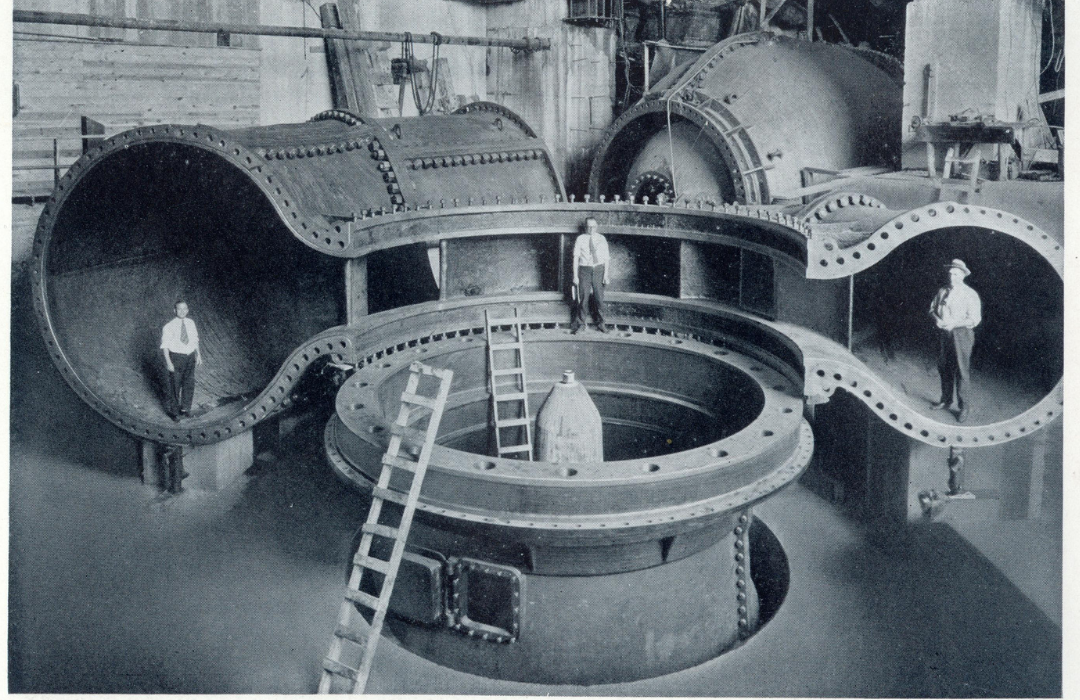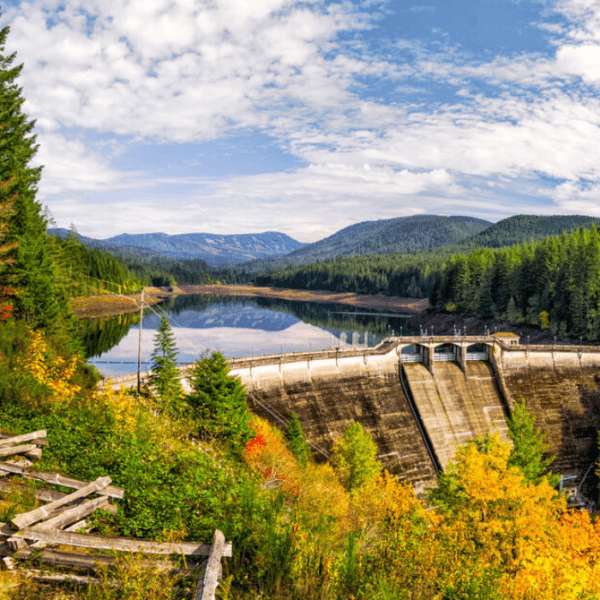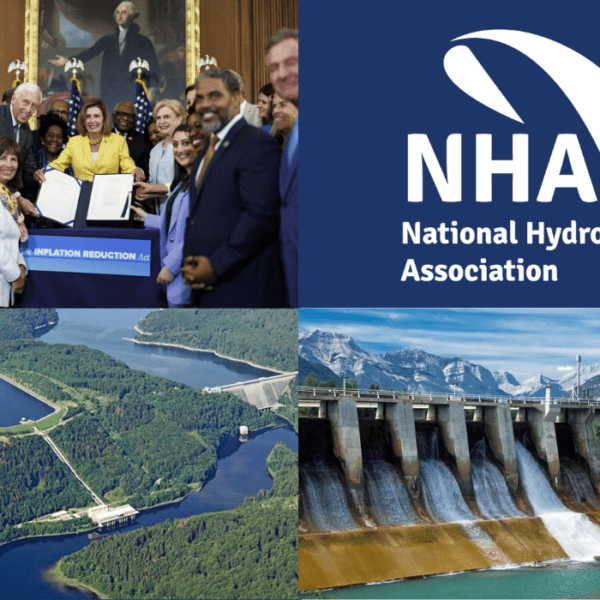Few legislative actions still ring true more than 100 years after they were enacted, but the Federal Power Act (FPA) is one of them.
Since it was enacted on June 10, 1920, the FPA has provided an avenue for development, innovation and implementation of U.S. hydropower facilities, allowing companies to sustainably and responsibly harness power from the nation’s waterways.
In celebration of the federal statute’s 101 anniversary, NHA’s POWERHOUSE provides a look back at the FPA’s beginning and its progress over time.
THE DEEP DIVE
Created in 1920 as a developmental statute, the Federal Water Power Act (FWPA) provided a clear process for attaining federal authority on hydropower development by creating the Federal Power Commission (FPC).
“If you wanted to build a dam before 1920, you had to go to Congress and get legislation,” says Jim Hancock, partner with law firm Balch and Bingham. The legislation granted typically was very short and didn’t include terms and conditions related to public interest for using waterways.
As a result of the 1920 Water Power Act, the FPC began providing 30- to 50-year licenses for hydropower facilities that included specific terms and conditions.
“Under FWPA, when you get a license, you can see what you have to do over the term of the license,” Hancock says. “FERC [FPC at the time] cannot change requirements without the consent of the licensee and vice versa. FERC and the licensee have assurances about their rights under the license.”
The first license under the FWPA was issued one year later, in March 1921, to the Niagara Falls Power Company to develop its Project 16 near Niagara Falls, N.Y., according to The New York Times.
Nearly 10 years later, in 1930, the legislation officially became the Federal Power Act (FPA), and President Herbert Hoover appointed an independent five-member commission. The FPA was amended in 1935, under the Public Utility Holding Company Act, to include regulation of electric utilities.
After the 1935 amendment, the FPA operated in the same way for more than 40 years until the Department of Energy Organization Act of 1977, which created the Department of Energy as well as the Federal Energy Regulatory Commission (FERC) to replace the FPC.
Then came the Electric Consumers Protection Act of 1986, which expanded FERC’s regulatory and enforcement powers. It also gave greater consideration to environmental concerns, such as energy conservation, protection of recreation, environmental preservation, and protection and enhancement of fish and wildlife.
“There are many other purposes for dams besides power generation,” Hancock says. “Licensees have to be creative to come up with a plan to address all needs—you’re not thinking about environmental issues if you’re just focusing on power.”
In 1992, Congress passed the Energy Policy Act, which moved the electric power industry toward competition. It amended the FPA, allowing wholesale generators to apply for orders that require a transmitting utility to provide transmission services to transport generated electricity.
In 2005, the Energy Policy Act provided an avenue for appeal of mandatory agency conditions. Nearly 10 years later, the Hydropower Regulatory Efficiency Act of 2013 promoted small hydroelectric power projects, as well as hydropower development at non-powered dams and closed-loop pumped storage projects.
Together, these amendments create the FPA as the hydropower industry knows it today.
Happy Birthday, FPA!
“I can’t think of too many other federal statutes that, 101 years after being enacted, are still used this regularly. A statute this active this many years later is not very common,” Hancock says.
Editor’s Fun Fact
NHA’s Hydraulic Power Committee is a direct descendent of the FPA. Around 1910, a group of industry representatives came together to work with the federal government in developing the landmark legislation. Once the bill passed, the HPC was formalized as a committee under the National Electric Light Association. And around 1998, the HPC officially became a part of NHA.
TIMELINE:
1920: Congress enacts the Federal Water Power Act (FWPA), which created the Federal Power Commission (FPC)
1921: The first license was issued under the FWPA to the Niagara Falls Power Company
1930: The FWPA becomes the Federal Power Act (FPA)
1935: The Public Utility Holding Company Act amended the FPA to include regulation of electric utilities
1977: The Department of Energy Organization Act created the Department of Energy and the Federal Energy Regulatory Commission (FERC), which replaced the FPC
1986: The Electric Consumers Protection Act expanded FERC’s regulatory and enforcement powers
1992: The Energy Policy Act moved the electric power industry toward competition
2005: The Energy Policy Act provided an avenue for appeal of agency mandatory conditions
2013: The Hydropower Regulatory Efficiency Act promoted small hydroelectric power projects and hydropower development at non-powered dams and closed-loop pumped storage projects












